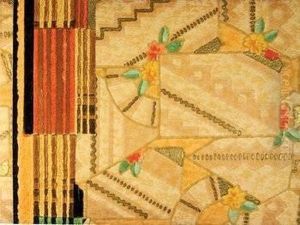Ernest Henri Dubois Paintings
Ernest Henri Dubois was a French sculptor known for his classic style and his contributions to public and religious sculpture in the late 19th and early 20th centuries. Born on July 16, 1863, in Dieppe, France, Dubois showed an early aptitude for the arts. He went on to study at the École des Beaux-Arts in Paris, where he was a pupil of the famous sculptor Alexandre Falguière. Dubois was deeply influenced by the academic art tradition of his time, which emphasized classical forms and techniques.
During his career, Dubois produced a wide variety of works, including statues, busts, and medals. He gained recognition for his skill in portraying figures with a sense of dignity and grace. His style was characterized by its adherence to the classical tradition, with an emphasis on harmony, balance, and proportion. Dubois was also known for his ability to capture the individual character of his subjects, which made his portraits particularly sought after.
One of Dubois's most notable works is the 'Monument to Cardinal Lavigerie' located in Bayonne, France. This piece epitomizes his talent for creating grand, expressive sculptures that also serve as public monuments. Another significant work is the 'Monument to the Dead of the War of 1870-1871' in Périgueux, which showcases his capacity to convey powerful emotion through his art.
Throughout his career, Dubois received several honors and awards, including medals at the Salon, the annual art exhibition in Paris. His reputation extended beyond France, and he was commissioned to create works for clients in various countries. Despite his success, Dubois remained committed to his artistic ideals and continued to work within the classical style, even as the art world around him began to embrace modernist movements.
Ernest Henri Dubois passed away on December 26, 1930, in Paris. His legacy lives on through the numerous sculptures he left behind, many of which still adorn public spaces and churches across France. Dubois's dedication to his craft and his masterful execution of traditional sculpture have earned him a lasting place in the annals of French art history.
